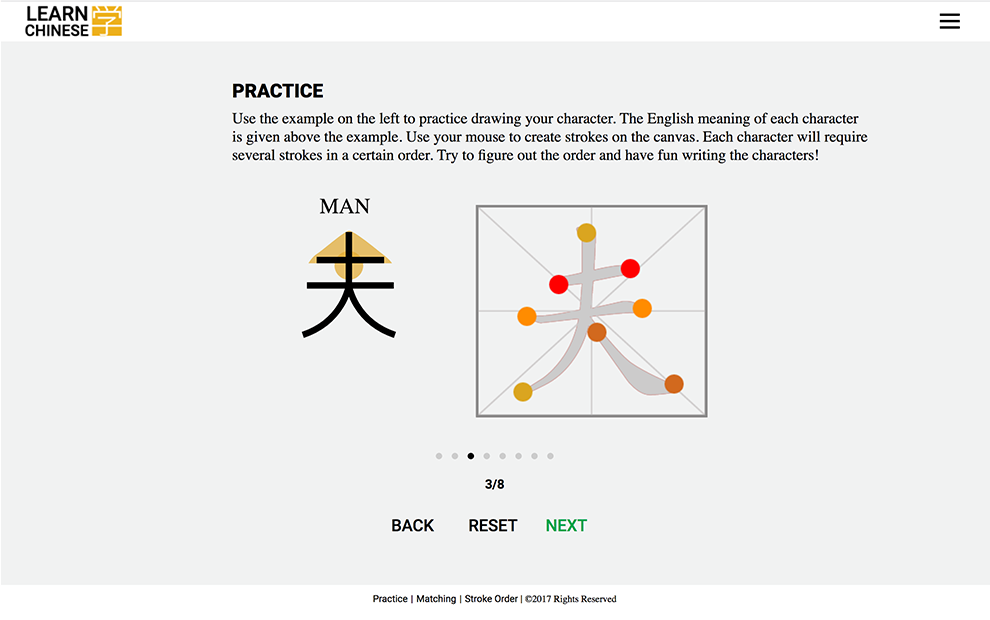Author Li, Yun, Co-Author Sherman Finch (2018-22)
Also check out our Chapter in “Using Sound to Enhance Interactions in an Online Learning Environment” in a new book “Learning Technologies and User Interaction” coming out on Routledge.

ABSTRACT
Sound, whether speech or non-speech, exists ubiquitously in daily life. We depend on sound to communicate, interpret the world around us, and to make decisions. In education, sound is used to communicate information in person and digitally. Most research studies focus on speech sound and little work has been done on non-speech sound.
A systematic review of current research on the use of non-speech sound in education involved an extensive search of the most prominent educational databases and 18 relevant studies were identified through a thorough screening.
These 18 articles indicate that non-speech audio can be used to focus attention, communicate information, and create atmosphere and moods. The literature also addresses the effects of non-speech audio on learning. Researchers investigated the use of audio as auditory cues to impact retention, comprehension, completion rate, and engagement. Studies also explored the use of non-speech audio to communicate information, as well as the use of background music.
The major findings of this study include concerns about the appropriate use of background music, careful planning and guidelines for the effective use of auditory cues, and the use of non-speech audio to communicate information and evoke emotion.
Despite the general immaturity of non-speech audio as a field of study, current research suggests considerable potential associated with the use of non-speech audio. Non-speech audios must be clearly identified and defined and design principles and standards are also needed. Additional studies should explore the use of non-speech audio for engagement and interactivity.
METHOD
To effectively use non-speech audio in learning materials, it is necessary to understand how non-speech audio influences learning performance. As part of this research, the Graphic and Interactive Vertical Studio worked together with Yun Li to develop a custom-designed program – Learning Chinese – used to examine the effects of non-speech audio in an interactive online learning environment. Below are some examples of the website that was designed for this purpose.








